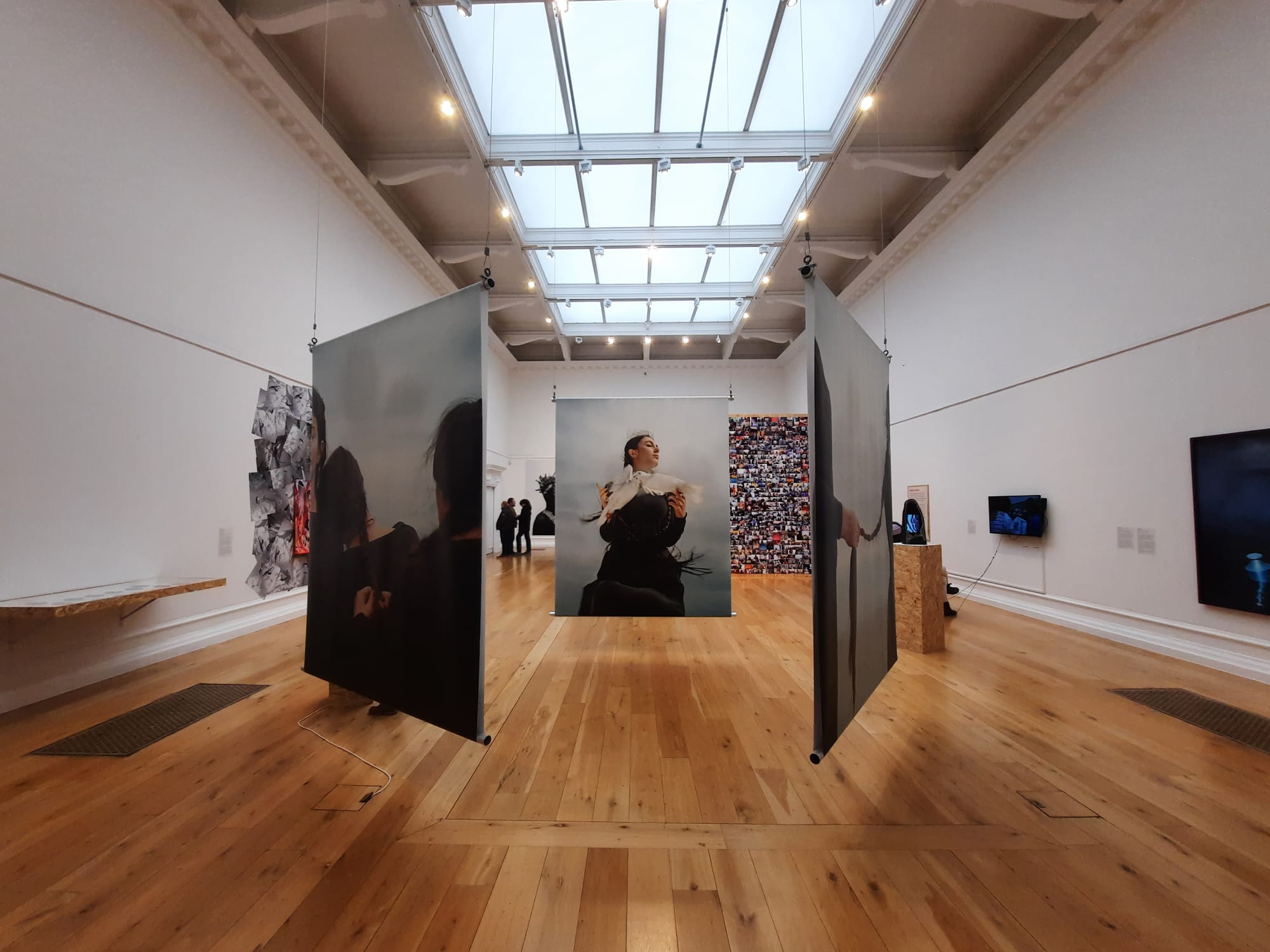Acts of Resistance: Photography, Feminisms and the Art of Protest – South London Gallery
An urgent, global survey of artists who experiment with feminism and resistance/protest through photography, Acts of Resistance at the South London Gallery constitutes a compelling contemporary exhibition.
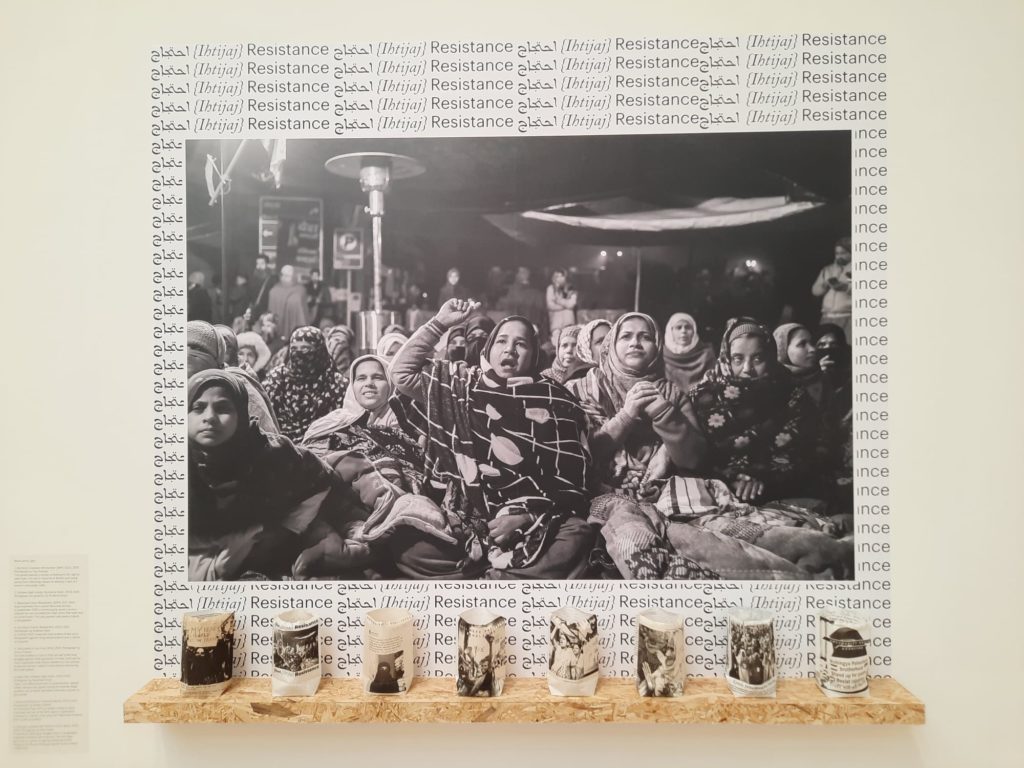
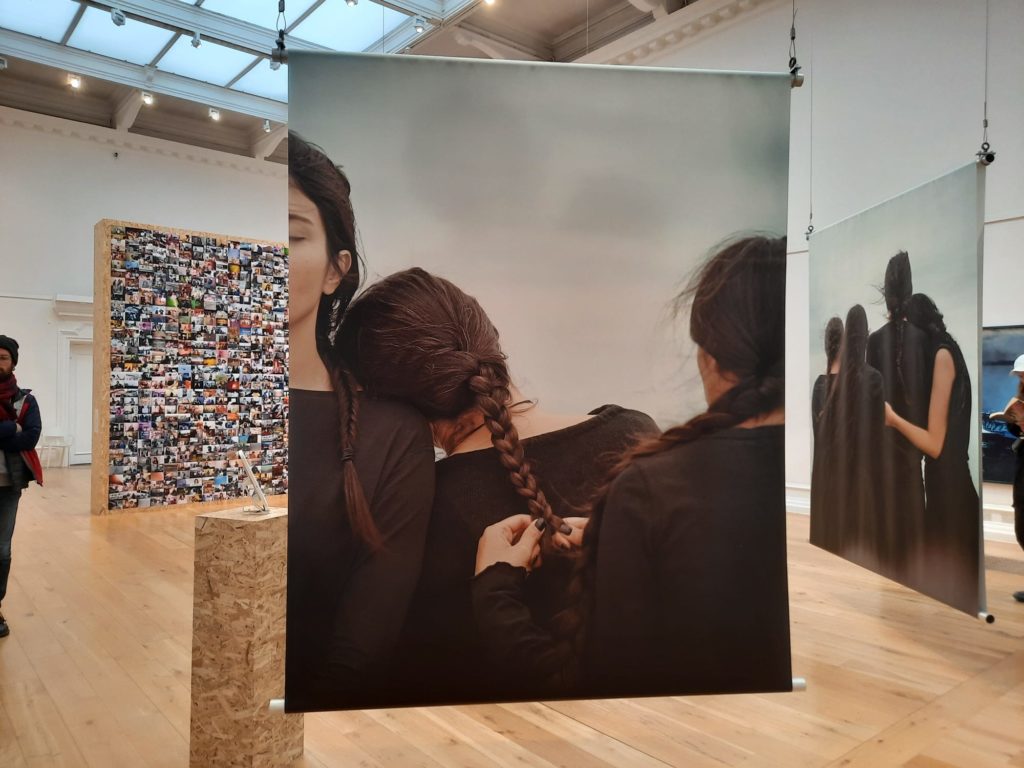
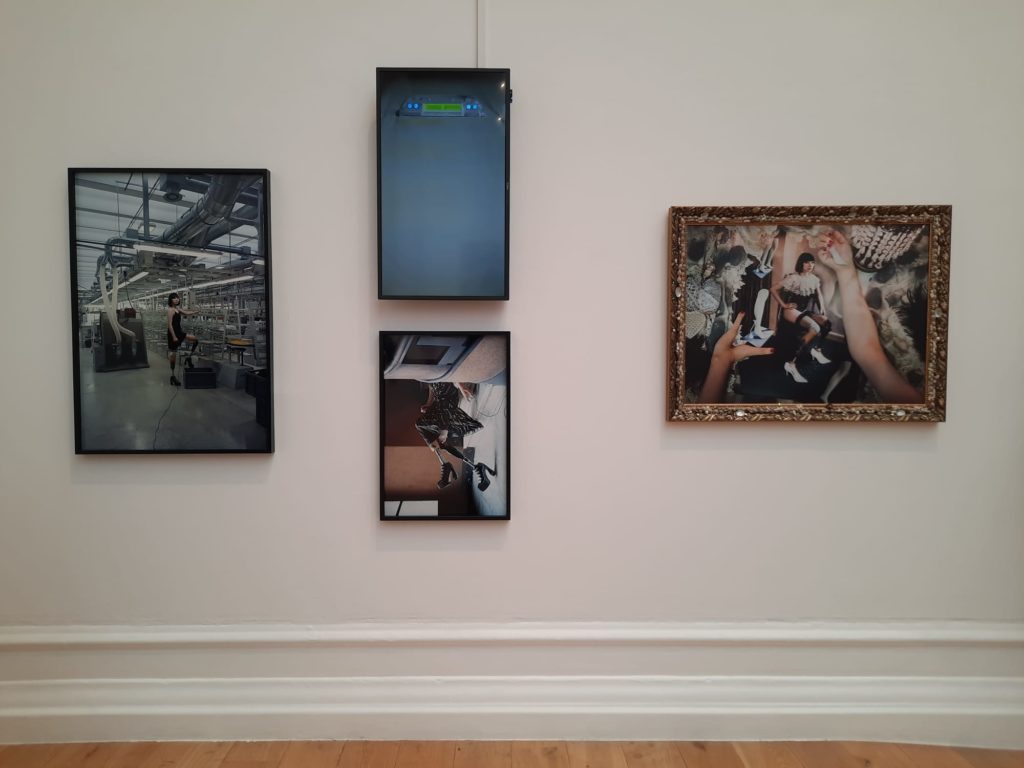
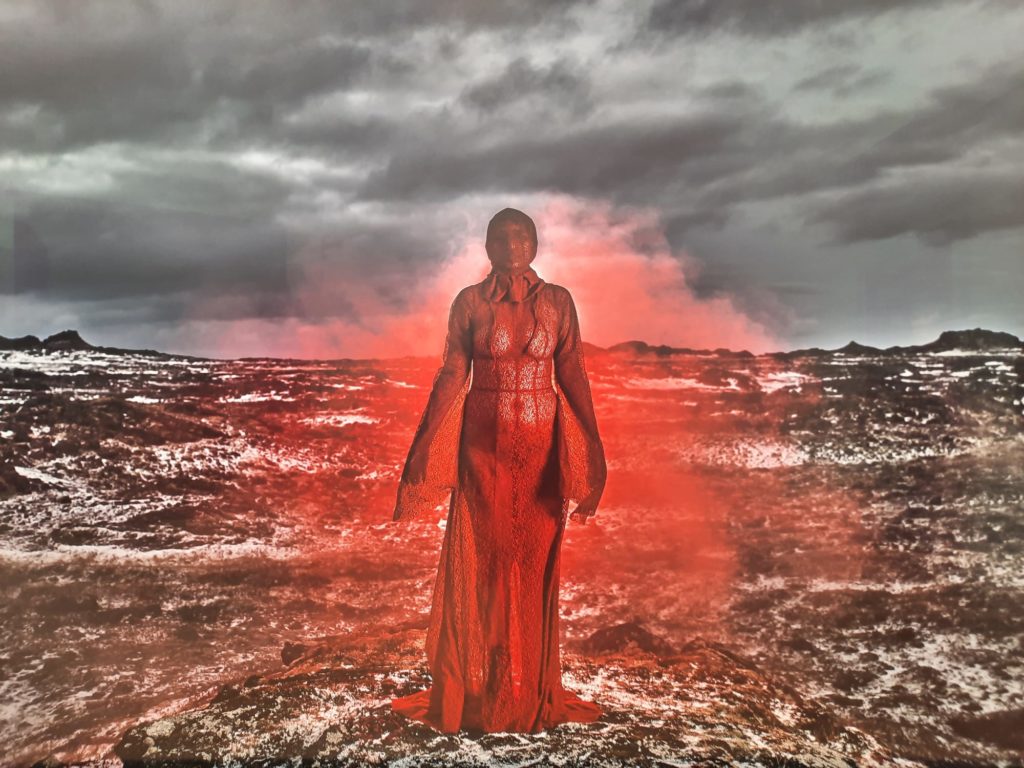
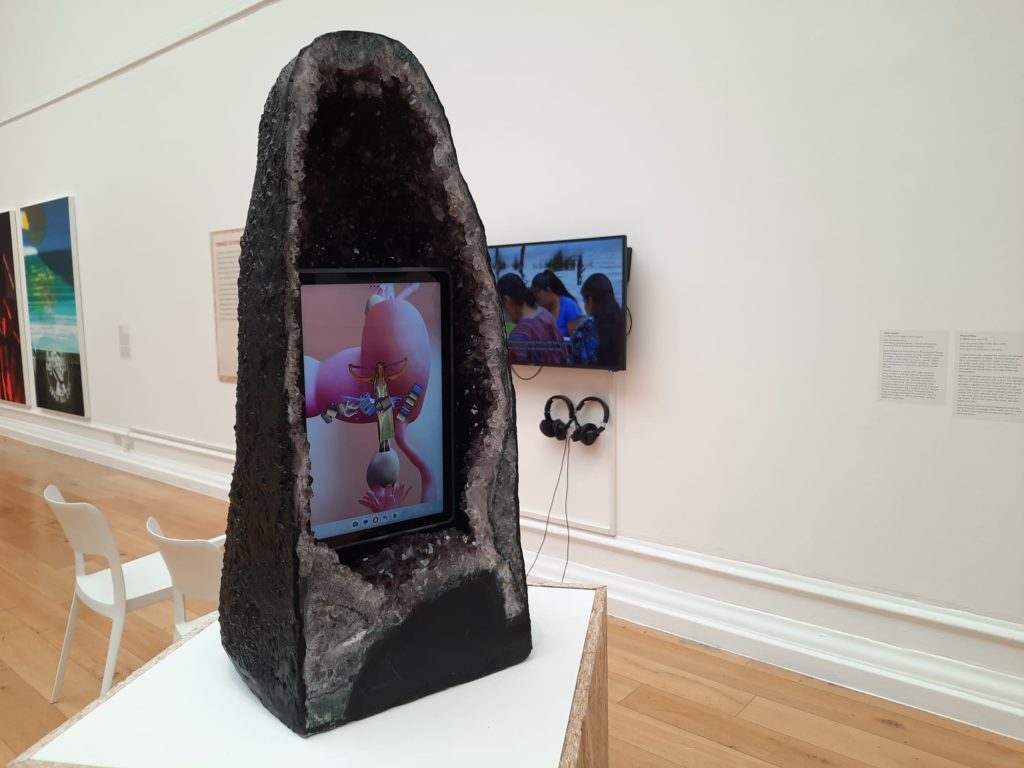

Acts of Resistance
In search of a cultural outing one weekend recently, I decided to stay local and head to the South London Gallery. This venerable institution opened as the South London Fine Art Gallery in 1891, having grown out of the South London Working Men’s College. The SLG works to champion the positive role of art in society, and promote discussion, community cohesion, and true cultural diversity.
In that sense Acts of Resistance: Photography, Feminisms and the Art of Protest is an exemplary exhibition. Taken from the SLG’s website:
“This urgent and political exhibition explores feminism and activism from an international and contemporary perspective. Looking at different approaches to feminism from the past 10 years, the show highlights shared concerns including intersectionality, transnational solidarity, and the use of social media and digital technology as a tool for change.”
Acts of Resistance: Photography, Feminisms and the Art of Protest – South London Gallery
Why the past ten years? Well, as a number of prominent examples illustrate, women’s rights are not a done deal but an ongoing struggle. Large-scale protests against mandatory hijab in Iran or violence against women and girls in Bangladesh. The overturning of Roe vs. Wade in the US in 2022. The return of the Taliban to power in Afghanistan in 2021. Progress looks less of a one-directional path than it might have done previously.

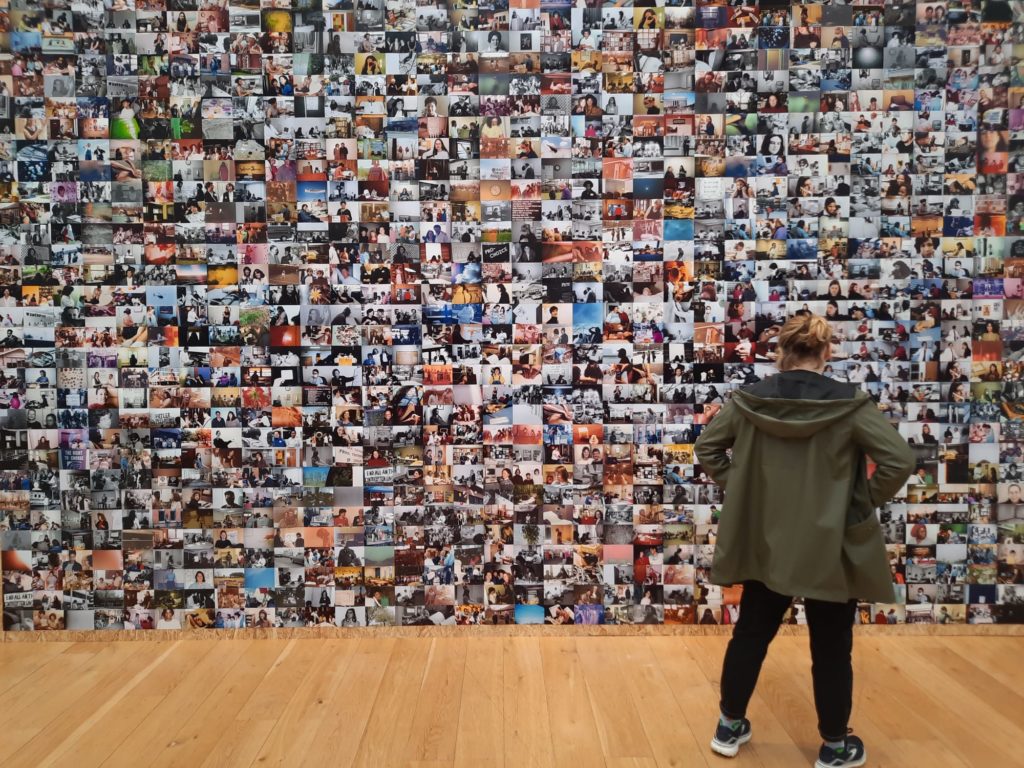

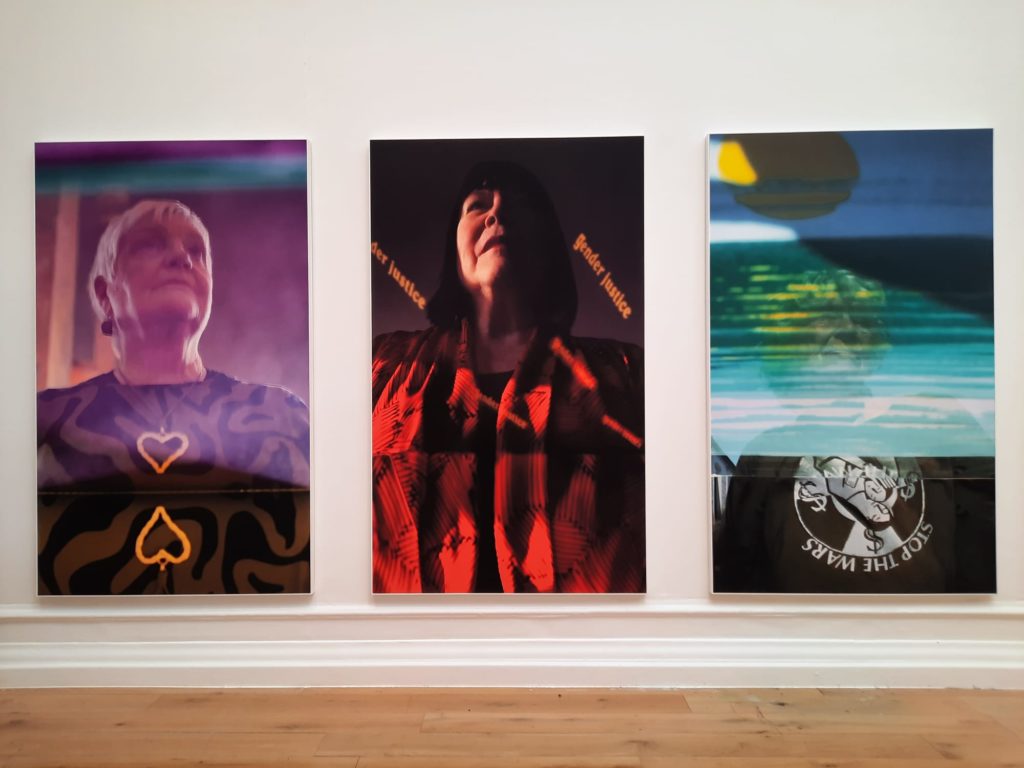
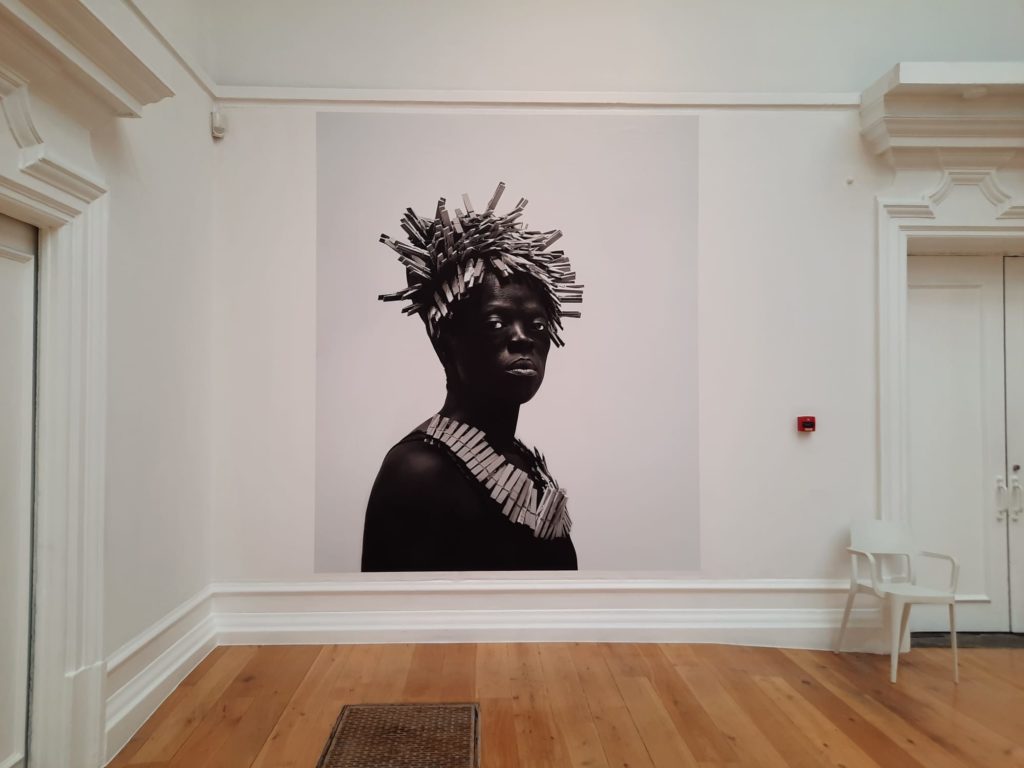

Feminism/Feminisms
So how does the exhibition go from feminism to feminisms? Predominantly by making space for a wide range of viewpoints from a very culturally diverse range of artists. Upon entering, visitors are greeted by large-scale works by Hoda Afshar. In Turn (2023) responds to the ongoing Women, Life, Freedom movement in Iran. The simple act of plaiting each others’ hair is a brave act of resistance for these women, and references female Kurdish freedom fighters.
Moving around the main gallery space, we encounter a reclaiming of women’s names in response to the imposition of patriarchal land ownership on matrilineal Apsáalooke (Crow) society (Wendy Red Star, Amnía, 2021); footage of women in Guatemala embroidering fabric stained with the blood of a murdered woman (Teresa Margolles, Mujeres bordando junto al lago Atitlán, 2014); futuristic scenes linking women’s fundamental rights and the future of the planet (Poulomi Basu, Sisters of the Moon, 2022); Mari Katayama playing with notions of femininity and power as she fulfils a quest to manufacture high-heeled prosthetic limbs (high heel project, 2011-ongoing); or a self-portrait by Zanele Muholi, representing and documenting the Queer community/ies in South Africa.
It is a democratic, global view of feminism/s, in which each artist’s purpose and viewpoint is presented with equal weight. The SLG actually being a reasonably small exhibition space (albeit across two sites), there are not a huge number of artists and works on view. Yet each is a unique response to the intersectional topic at hand, showing different ways in which women in various contexts resist and protest the challenges they face.
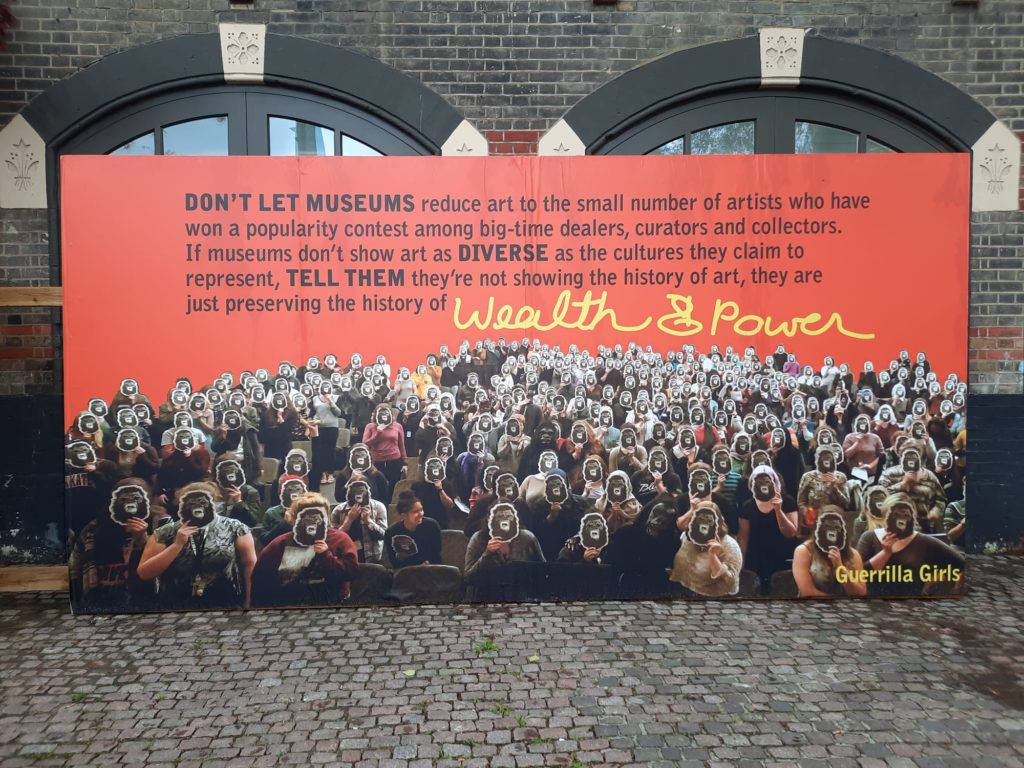

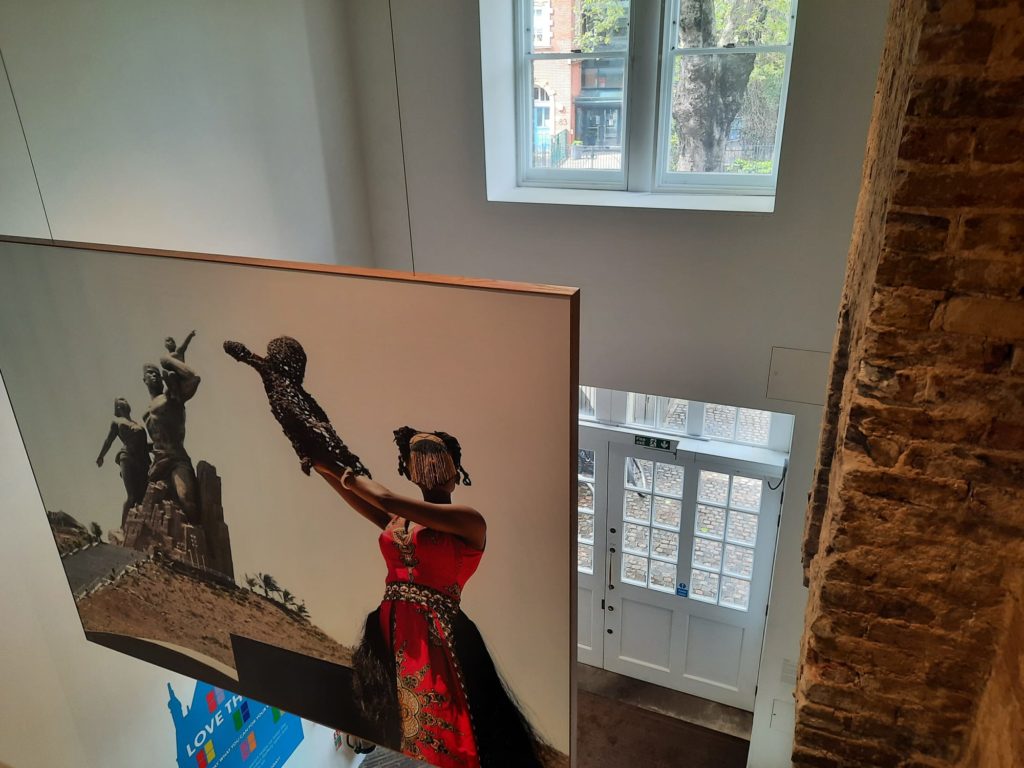

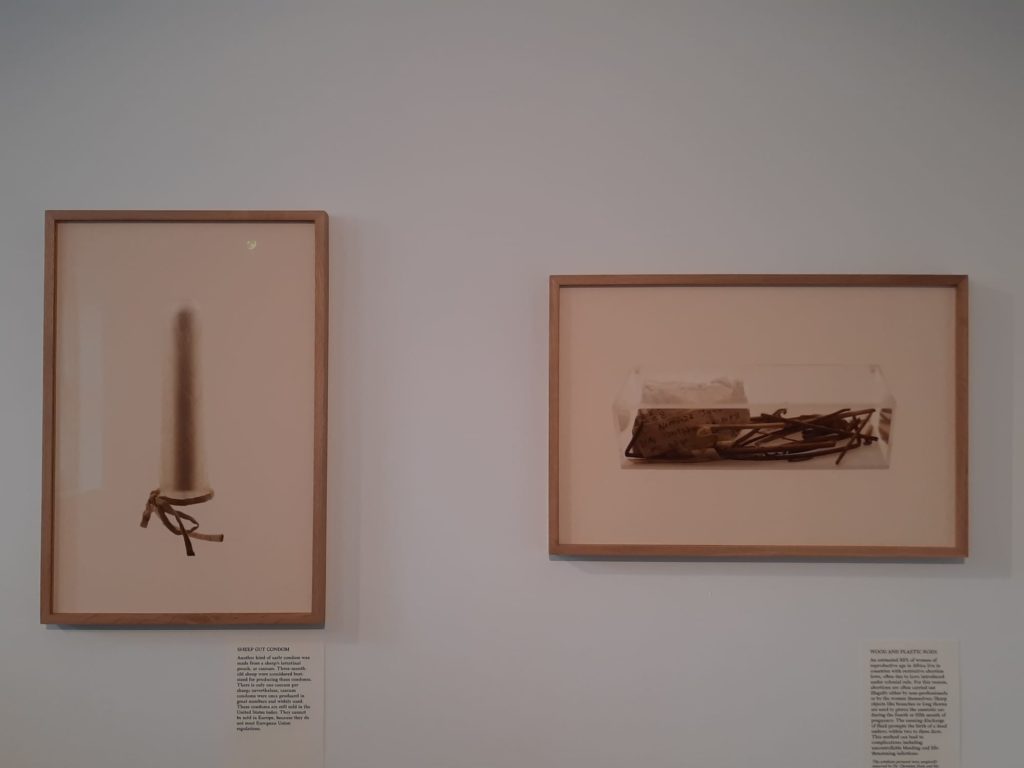
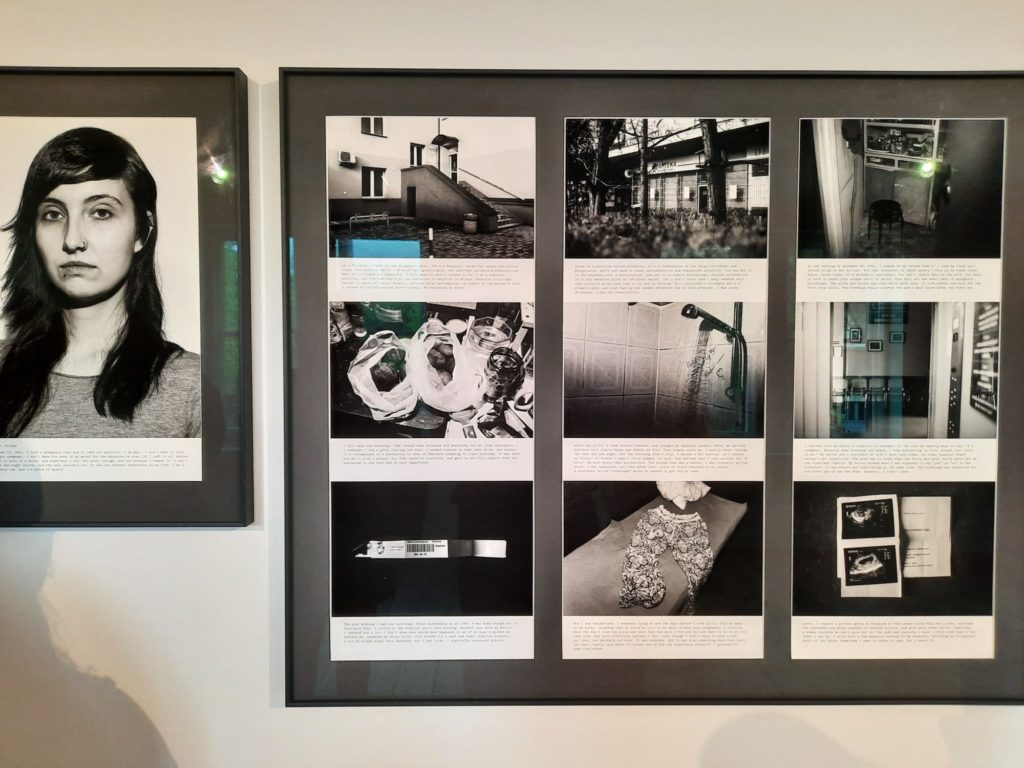
The Art of Protest
Although classic media and social media inevitably comes into it, this isn’t an exhibition about documenting protest. Rather, it’s about protesting, or responding to protest, through art. One thing I was thus reflecting on was how important context is. For most works in the main gallery, if you don’t read the label you don’t necessarily see the connection. The images don’t necessarily speak for themselves like a work of photojournalism. It’s in reading about them and understanding the artist’s intent that they come into their own. Whereas the works over in the fire station gallery are a little larger in scale, and a little more self-explanatory.
A film by Nan Goldin on the US opioid crisis (Memory Lost, 2019-2021), a work on encounters between First Nations women and the prison system in Australia (Raphaela Rosella, HOMEtruths, 2017-2022), and a multi-faceted examination of restricted abortion access and the risk to women’s lives by Laia Abril (On Abortion, 2016) are all deeply fascinating, thought-provoking, challenging and sometimes upsetting. The synergy between Rosella’s work and Archie Moore’s recent triumph at the Venice Biennale had me thinking. There’s still a popularity contest element to art (as highlighted outside by the Guerilla Girls), even as we start to see more diversity.
And really, I think, this was the takeaway for me from this exhibition. There are more great artists out there than I could ever hope to come across in a lifetime. But I owe it to myself, and the world, to be curious and look beyond what the art market points me to. Art is a way I can encounter and make sense of lives and challenges that are different to my own. Art can also inspire me to resist and stand up for what I believe in. And so the SLG continues to bring exceptional art to the people of South London: a fine legacy for a radically-rooted institution.
Salterton Arts Review’s rating: 3.5/5
Acts of Resistance: Photography, Feminisms and the Art of Protest on until 9 June 2024. More info here.
If you see this after your page is loaded completely, leafletJS files are missing.

